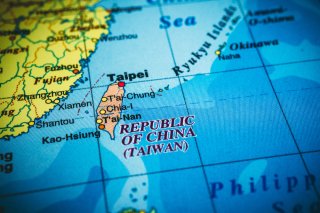Mohamed Zeeshan
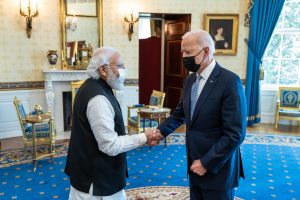
Prime Minister Narendra Modi shakes hands with US President Joe Biden during his visit to the White House in Washington D.C., on September 25, 2021.
When India’s Prime Minister Narendra Modi goes to Washington this month, he is expected to be given a rapturous welcome. Modi’s itinerary will include a state dinner with U.S. President Joe Biden, a historic second address to the U.S. Congress, and a now customary sold-out audience with the Indian diaspora.
Given India’s vociferously neutral stance on the Ukraine war, it’s safe to say that Washington is going out of its way to make Modi feel comfortable. The U.S. hopes that in doing so, it would eventually be able to pull India away from Russia and also convince it to provide support to American troops during a potential conflict over Taiwan.
Perhaps just as importantly, India’s defense sector is a singularly lucrative market for American manufacturers. In the run-up to Modi’s visit, both U.S. Defense Secretary Lloyd Austin and National Security Adviser Jake Sullivan went on separate trips to India to underline that priority. And more recently, India was reported to have signed a deal to buy more than two dozen American drones.
To be sure, this is a largely transactional interaction. India needs U.S. support to shore up its thinly stretched military assets and build capacity. Early this year, the Indian Air Force told Parliament that its air squadrons are operating at about three-fourths of the sanctioned capacity. Last year, India commissioned its first indigenously built aircraft carrier, but owing to painful bureaucratic delays, it entered service almost obsolete.
In that context, India hopes that joint development with the U.S. will help drag its defense industry to more contemporary times. Days before Modi’s trip, reports said that a deal was expected to allow the joint production of engines for Indian fighter aircraft. Deeper cooperation and capacity building are also desperately needed on the intelligence front, especially as India grapples with sudden changes on the border with China.
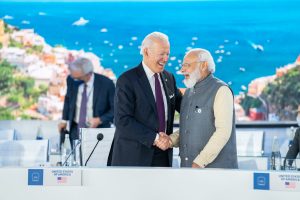




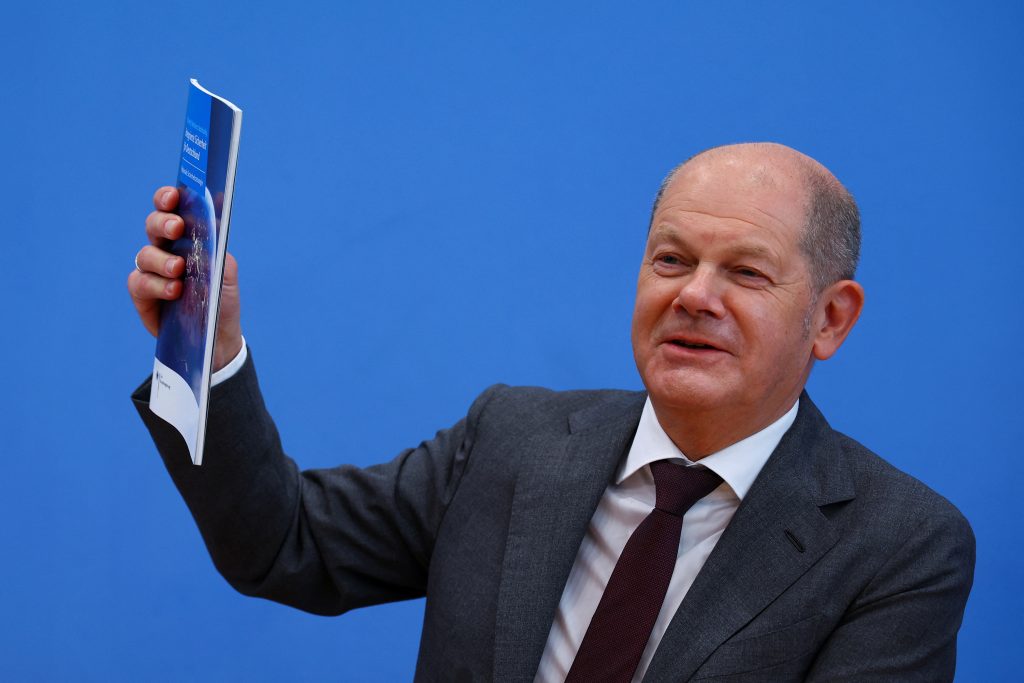



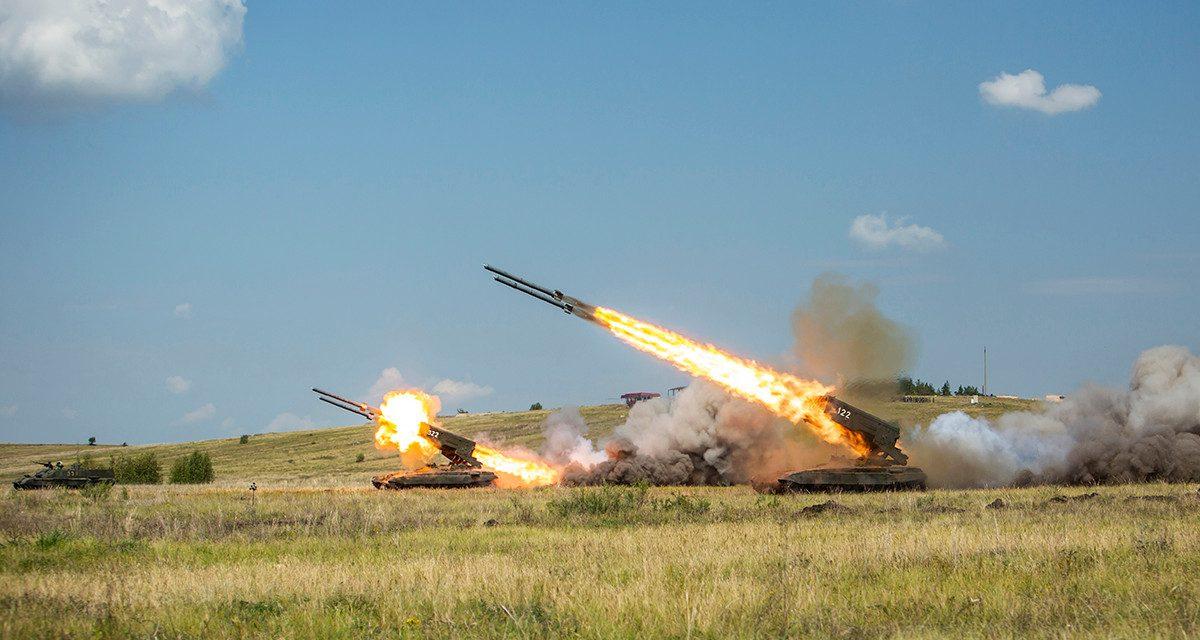


:quality(70)/cloudfront-us-east-1.images.arcpublishing.com/archetype/2JYFJKOWOJBOLEVVVQGV2YYRFI.jpg)


